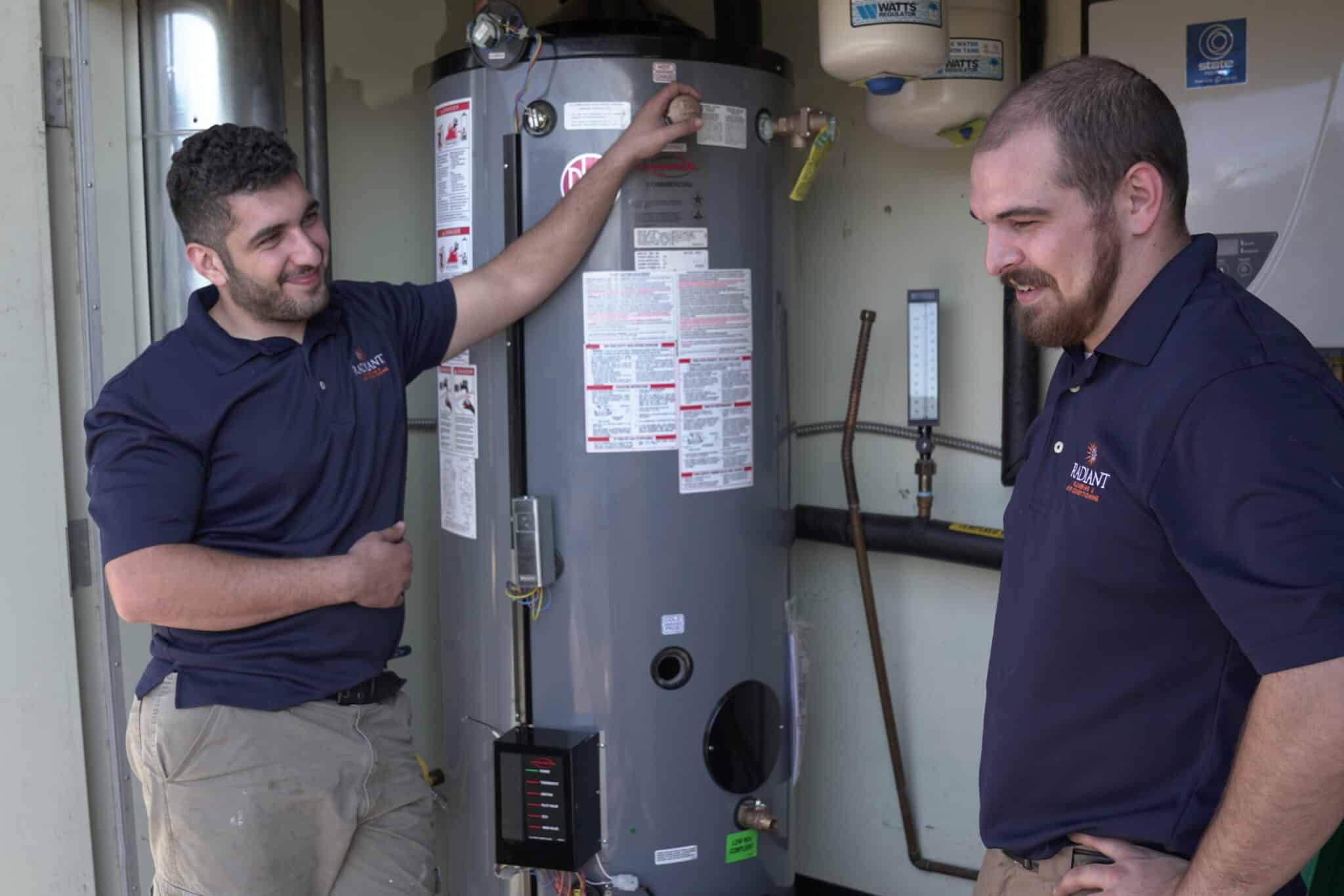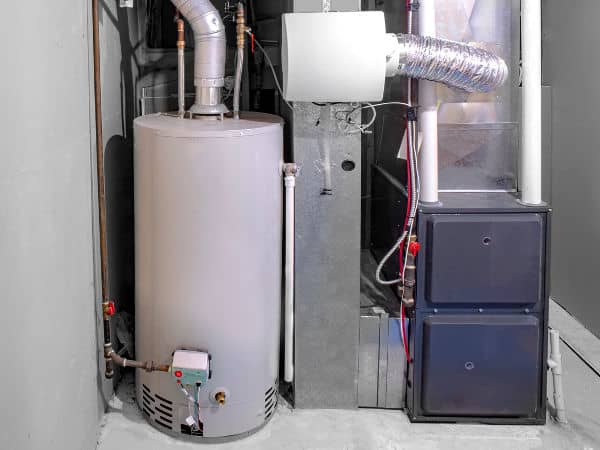Top Ways to Maintain Your Home's Hot Water System Effectively
Top Ways to Maintain Your Home's Hot Water System Effectively
Blog Article
Right here further down you can get more amazing data regarding Tips on Maintaining a Water Heater.

Hot water is important for daily convenience, whether it's for a refreshing shower or washing recipes. To ensure your warm water system runs successfully and lasts longer, normal maintenance is crucial. This write-up offers sensible tips and insights on just how to preserve your home's warm water system to avoid interruptions and pricey repairs.
Introduction
Keeping your home's warm water system could seem complicated, yet with a few easy actions, you can guarantee it runs efficiently for years to find. This overview covers every little thing from understanding your hot water system to DIY maintenance suggestions and understanding when to call professional help.
Value of Keeping Your Warm Water System
Routine upkeep not just expands the life-span of your hot water system but also ensures it runs efficiently. Overlooking maintenance can cause reduced performance, greater power bills, and even premature failure of the system.
Indications Your Hot Water System Requirements Maintenance
Understanding when your warm water system requires focus can protect against significant concerns. Keep an eye out for indicators such as irregular water temperature, unusual noises from the heater, or rusty water.
Flushing the Water Heater
Purging your hot water heater removes sediment buildup, improving performance and lengthening its life.
Monitoring and Changing Anode Rods
Anode rods protect against deterioration inside the container. Checking and changing them when worn is essential.
Complex Issues Calling For Specialist Assistance
Examples include significant leakages, electrical problems, or if your water heater is regularly underperforming.
Routine Professional Maintenance Benefits
Specialist upkeep can consist of complete assessments, tune-ups, and guaranteeing compliance with safety and security criteria.
Checking and Readjusting Temperature Level Settings
Readjusting the temperature level settings makes certain optimum performance and security.
DIY Tips for Upkeep
You can do several upkeep tasks on your own to maintain your hot water system in leading problem.
Checking for Leakages
Frequently inspect pipelines and connections for leaks, as these can lead to water damages and higher expenses.
Understanding Your Warm Water System
Before diving right into upkeep tasks, it's helpful to comprehend the basic parts of your hot water system. Commonly, this includes the water heater itself, pipelines, anode rods, and temperature level controls.
Monthly Upkeep Tasks
Regular regular monthly checks can aid capture minor concerns before they intensify.
Testing Pressure Alleviation Valves
Testing the pressure relief valve guarantees it functions properly and prevents extreme stress buildup.
Shielding Pipes
Protecting warm water pipes minimizes heat loss and can save power.
When to Call an Expert
While do it yourself maintenance is useful, some concerns require expert experience.
Conclusion
Regular maintenance of your home's warm water system is crucial for efficiency, durability, and price financial savings. By following these pointers and knowing when to seek expert aid, you can ensure a reputable supply of warm water without unanticipated disturbances.
How to Maintain an Instant Hot Water Heater
Before tinkering with your hot water heater, make sure that it’s not powered on. You also have to turn off the main circuit breaker and shut off the main gas line to prevent accidents. Also turn off the water valves connected to your unit to prevent water from flowing into and out of the appliance. 2. When you’re done, you have to detach the purge valves’ caps. These look like the letter “T†and are situated on either side of the water valves. Doing so will release any pressure that has accumulated inside the valves while at the same time avoid hot water from shooting out and burning your skin. 3. When the purge valves’ caps are removed, you have to connect your hosing lines to the valves. Your unit should have come with three hoses but if it didn’t, you can purchase these things from any hardware or home repair shops. You can also get them from retail stores that sell water heating systems. Read the user’s manual and follow it to complete this task properly. When the hosing lines are connected, open the purge port’s valves. 4. You should never use harsh chemical cleaners or solutions when cleaning your unit. Make use of white vinegar instead. It should be undiluted and you’ll probably use about 2 gallons. 5. Now flush your water heater. This task should probably take about 40 minutes. We can’t give you specific directions for this because the procedure is carried out depending on the type, model and brand of your heater. With that being said, refer to the user’s manual. 6. When you’re done draining the unit, you have to turn off the purge port valves again. Remove the hosing lines that you earlier installed on each of the water valves. Put the valve caps (purge port) back in their respective places and be very careful so as not to damage the rubber discs that are found inside these caps. 7. Now that everything’s back in place, check your user’s manual again to find out how to reactivate your water heating system. 8. Once it is working, turn one of your hot water faucets on just to let air pass through the heater’s water supply pipes. Leave the tap on until water flows smoothly out of it. https://www.orrplumbing.com/blog/2014/september/how-to-maintain-an-instant-hot-water-heater/

As a devoted person who reads on Tips on Maintaining a Water Heater, I imagined sharing that excerpt was really helpful. Don't hesitate to take the time to distribute this blog if you liked it. Thanks for your time invested reading it.
Click Here Report this page